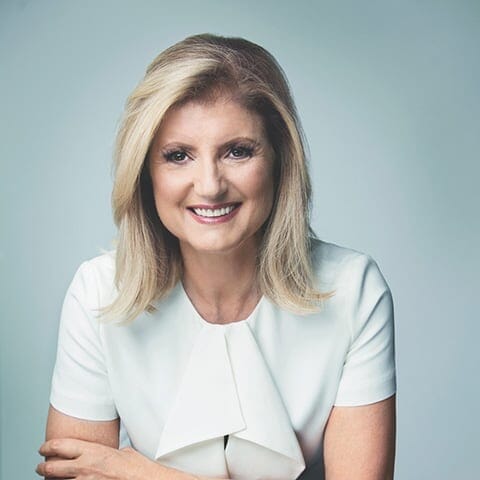 author
authorDiscover the Best Books Written by Aldous Huxley
Aldous Leonard Huxley was an English writer and philosopher. His bibliography spans nearly 50 books, including novels and non-fiction works, as well as essays, narratives, and poems. Born into the prominent Huxley family, he graduated from Balliol College, Oxford, with an undergraduate degree in English literature. Early in his career, he published short stories and poetry and edited the literary magazine Oxford Poetry before going on to publish travel writing, satire, and screenplays.
He spent the latter part of his life in the United States, living in Los Angeles from 1937 until his death. By the end of his life, Huxley was widely acknowledged as one of the foremost intellectuals of his time. He was nominated for the Nobel Prize in Literature nine times and was elected Companion of Literature by the Royal Society of Literature in 1962.
Huxley was a pacifist. He grew interested in philosophical mysticism and universalism, addressing these subjects in his works such as The Perennial Philosophy, which illustrates commonalities between Western and Eastern mysticism, and The Doors of Perception, which interprets his own psychedelic experience with mescaline. In his most famous novel Brave New World and his final novel, Island, he presented his visions of dystopia and utopia.
Huxley completed his first (unpublished) novel at the age of 17 and began writing seriously in his early twenties, establishing himself as a successful writer and social satirist. His first published novels were social satires, Crome Yellow (1921), Antic Hay (1923), Those Barren Leaves (1925), and Point Counter Point (1928). Brave New World (1932) was his fifth novel and first dystopian work. In the 1920s, he also contributed to Vanity Fair and British Vogue magazines.
During the First World War, Huxley spent much of his time working as a farm laborer at Garsington Manor near Oxford, home of Lady Ottoline Morrell. While at the Manor, he met several Bloomsbury Group figures, including Bertrand Russell, Alfred North Whitehead, and Clive Bell. Later, in Crome Yellow (1921), he caricatured the Garsington lifestyle.
Jobs were very scarce, but in 1919, John Middleton Murry was reorganizing the Athenaeum and invited Huxley to join the staff. He accepted immediately and quickly married the Belgian refugee Maria Nys (1899–1955), also at Garsington. They lived with their young son in Italy for part of the time during the 1920s, where Huxley would visit his friend D. H. Lawrence. Following Lawrence's death in 1930, Huxley edited Lawrence's letters (1932). Very early in 1929, in London, Huxley met Gerald Heard, a writer, broadcaster, philosopher, and interpreter of contemporary science.
Works of this period included novels about the dehumanizing aspects of scientific progress (his magnum opus Brave New World) and on pacifist themes (Eyeless in Gaza). In Brave New World, set in a dystopian London, Huxley portrays a society operating on the principles of mass production and Pavlovian conditioning. Huxley was strongly influenced by F. Matthias Alexander, on whom he based a character in Eyeless in Gaza.
During this period, Huxley began to write and edit non-fiction works on pacifist issues, including Ends and Means (1937), An Encyclopedia of Pacifism, and Pacifism and Philosophy, and was an active member of the Peace Pledge Union.
Best author’s book



























